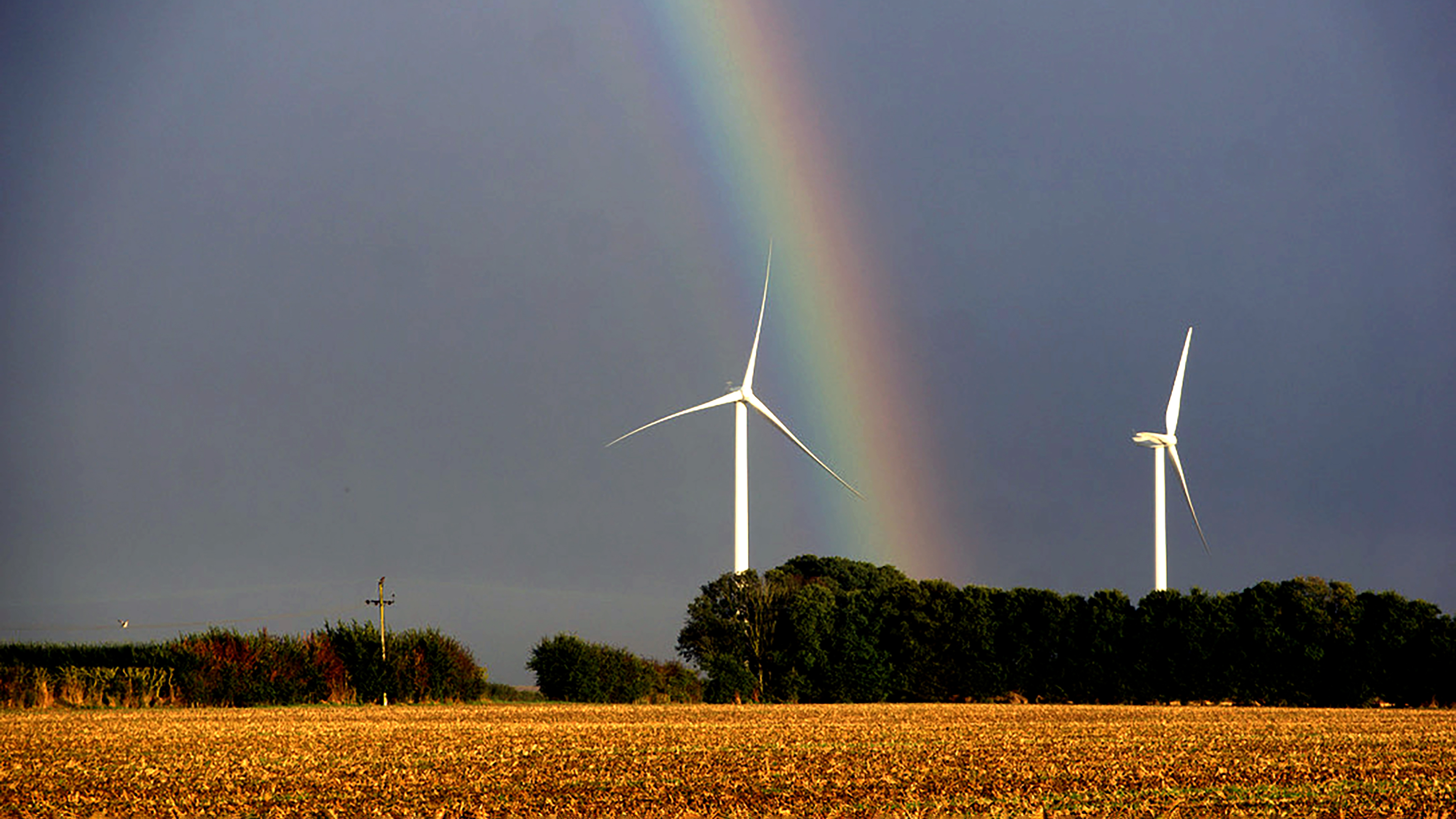
Image: Getty Images
Despite the gloomy performance of sustainable bonds in recent months, there are reasons to be positive, write Wioletta Nawrot and Tomasz Walkowicz.
After many years of growth, the 2022 issuance of sustainable finance bonds suffered its first year-on-year drop across its main categories, including green, social, sustainability and sustainability-linked bonds.
Despite this recent slowdown, we expect the market to return to growth due to a number of structural support factors.
The Paris Agreement and energy sector transition
Global efforts to reach Paris Agreement targets will maintain pressure on sustainability. This will boost investment in the field, including transition plans towards decarbonisation targets.
The United Nation Environment Programme’s recent Emissions Gap Report suggests that the world is falling short of the Paris goals with no credible pathway to 1.5°C in place. Despite this, we believe policy-makers will remain committed to Paris Agreement goals due to the clear evidence of climate change.
Governments will have no choice but to prioritise climate policies. Recent assessments by the Intergovernmental Panel on Climate Change point to increases in the frequency of, and growth of areas affected by, climate-related natural disasters. Bushfires, droughts, floods and tornadoes all have life-threatening consequences.
Evidence shows that the window for climate action is closing fast. Added to this, the clear synergy between climate pledges and energy security should unite policy-makers in their green transition over the coming decades.
According to the International Renewable Energy Agency, the international community needs to invest $150tn globally to meet the 1.5°C target by 2050. This means over $5tn per year. Given that in 2022 a total of only $1.3tn was invested in the energy transition, the annual outlay will need to be hiked considerably to meet these needs.
This investment could be financed by green bonds, so the issuance of these instruments is likely to grow in the mid to long term.
SDGs
Meeting the UN’s Sustainable Development Goals (SDGs) agenda will also require substantial input from the private sector. A few years ago, the United Nations Conference on Trade and Development (UNCTAD) estimated that reaching the SDGs by 2030 would require $5tn–$7tn per year from private investment.
Recent global pressures have increased SDG funding needs. The Force for Good Initiative re-calculated the SDG investment required as up to $176tn by 2030 (a 15%–25% increase), and a shortfall of up to $135tn (a 35% increase). Moreover, UNCTAD’s World Investment Report 2023 warns that developing countries face a widening deficit as they work to achieve the SDGs by 2030, with an annual $4tn gap, up from $2.5tn in 2015.
The increased financing needs to meet the SDGs by 2030 create a new growth opportunity for sustainable finance bonds in the mid and long term.
Support for issuance in the corporate sector
Global policy-makers prioritising sustainability will support the transition in the corporate sector.
Driven by national policies, regulatory requirements and wider investor, consumer and societal expectations, corporates are increasingly putting sustainability at the heart of their strategy. Investment banks also take account of these factors in their advisory and product solutions.
As a result, bonds used as a tool to embed sustainability in corporate strategies will remain a growing trend.
Strong investor demand
Another factor supporting sustainable bonds is robust investor demand. With the exception of 2022, over the last decade we have seen exponential growth in these types of instruments.
We believe that investor preference will drive strong inflows into sustainable funds, underpinned by the growing focus on sustainability, and the bonds’ actual performance. This will, in turn, boost demand for sustainable finance bonds.
Regulatory changes, government incentives and best practice guidelines should also have a positive impact on sustainable finance bonds. The June 2022 edition of the Green Bond Principles and Social Bond Principles explains the difference between “Standard Green/Social Use of Proceeds Bonds” and “Secured Green/Social Bonds”. It also provides further guidance on green/social covered bonds, securitisations, asset-backed commercial paper, secured notes and other secured structures.
Demand for green, social, and sustainability (GSS) bonds should remain high, amid increased investor appetite for sustainable securities offering transparency over the use of proceeds.
According to the UNCTAD report mentioned above, sustainable funds were concentrated in Europe, which had an 83% share of global sustainable funds at end-2022. We expect that growth in the sector, driven by other regions such as the US, the largest investment market, as well as Asia and emerging markets, could sustain growth in the global sustainable assets under management and, consequently, robust demand for sustainable finance bonds and other instruments.
Support in the banking sector
A final driver of growth in sustainable finance bonds in the mid to long term is that of the issuance targets set by the financial institutions sector, which acts as an intermediary between corporate clients issuing GSS bonds and sustainability-focused investors.
According to the Principles for Responsible Banking – a global initiative with 300 signatory banks representing almost half of the global banking industry – financial institutions should increase their positive impacts and reduce their negative impacts.
Reduction of negative impacts materialises through updating policies on the financing of fossil fuel-based industries and supporting customers in their energy transition. The positive impacts have materialised in the form of targets on the provision of sustainable finance. In the case of some institutions with investment banking operations, these have included targets on the provision of sustainable finance bonds.
More on sustainable finance
Additionally, many investment banking institutions have or will set targets for the issuance of sustainable finance instruments as part of their commitments reflected in the Principles for Responsible Banking.
Finally, the value of issuance and outstanding sustainable bonds currently represent a tiny percentage of the total of all bonds. Considering the financing needs to reach the SDGs, including climate and social transition, the market for sustainable finance bonds is therefore set to grow substantially in the mid to long term.

Dr Wioletta Nawrot is an associate professor at ESCP Business School and Tomasz Walkowicz is a senior manager at Deloitte MCS.


